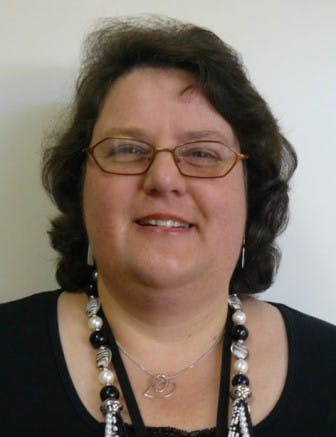Let's Talk About Representation Review
Consultation has concluded
The Council is seeking your views as we make sure Waimakariri’s representation arrangements continue to meet the District’s needs ahead of the October 2022 local body elections.
How will you be represented by your Council?
The role of elected members - our mayor, councillors and community board members, includes acting as a voice for the local community. We are looking for ideas and feedback on whether our arrangement for fair and effective representation meets the needs and expectations of the District
What is the Representation Review?
To ensure councils retain effective and fair representation for the community, all territorial authorities are required under the Local Electoral Act 2001 to review their representation arrangements at least every six years. The last time this Council undertook a review was for the 2016 Local Body elections. You can learn more about representation reviews on the Local Government Commission website.
The Council needs to work from the most recent census data statistics (2018) to ensure the ratio of elected members to population is balanced and fair across the District. This can be complex when considering the growth Waimakariri is experiencing and the need to ensure everyone is fairly represented.
How will you be represented at your Council?
The role of elected members, our Mayor, Councillors and Community Board members, includes acting as a voice for the local community. We are looking for ideas and feedback on whether our arrangement for fair and effective representation meet the needs and expectations of the District.
What do we need to decide?
- The total number of councillors for the District and the way they are elected - at ‘large’ or by ward.
- The boundaries of wards and their names.
- Whether there should be community boards in the District and, if so, the number of boards; their names and boundaries; the number of members for each board including any appointed members; and whether the board area should be subdivided for electoral purposes.
What do we need to consider when making decisions?
- What are the District’s communities of interest?
- What are the best means to provide effective representation of communities of interest?
- What is fair representation of electors?
What are ‘communities of interest’?
When looking at boundaries for local representation, we are required to consider ‘communities of interest’. This term can be subjective, however we generally consider three factors:
- A sense of belonging to an area
- An ability to meet the community requirements for services
- An ability politically to represent the interest of the community.
What representation do we have now?
This map shows the current arrangements:

- One Mayor elected from the whole of the District.
- Ten Councillors elected from three different wards.

- Four Community Boards.

More information about our Councillors and Community Boards can be found on the Council website.
What needs to change?
The members of the Rangiora-Ashley Community Board are elected from two subdivisions (or areas) that can be largely thought of as an urban subdivision and a rural subdivision. As the growth of Rangiora has exceeded that of the rural areas, changes need to be made to ensure the representation arrangements remain fair.
Will Waimakariri have a Māori Ward?
Waimakariri is one of 11 councils in New Zealand where the Māori electoral population is not sufficient to meet the threshold for the option to establish a Māori Ward. Therefore this is not applicable for the Waimakariri District local body elections in October 2022.
The Council supports Māori involvement in decision making and in 2020 the Mahi Tahi Joint Development Committee was established in partnership between Te Ngāi Tūāhuriri Rūnanga and the Waimakariri District Council to further develop our working relationship and increase decision-making ‘at the table’. Any changes to representation arrangements will be made in consultation with Te Ngāi Tūāhuriri Rūnanga.
What is the cost of representation?
A democratic system requires financial and other resources to support its function, however cost is not an aspect that is considered for the Representation Review as that relates to democracy. The remuneration of elected members is set independently by the Remuneration Authority. Legally we must have at least six councillors, and a maximum of 30. In our District, we think the current number of 10 councillors provides fair representation to the community and adequately provides for the work involved in making decisions on your behalf.
If you have a question about the Represention Review, let us know here and we'll get back to you with an answer.


